Rentvesting is a property investment strategy that involves renting a home to live in while purchasing an investment property in a different location to rent out.
This approach allows people to live where they want while still building wealth by investing in property. The intent of this strategy is to build equity that can be put towards buying a home own in the future.
Buoyed by rate cuts in February and May, more than half (54%) of first home buyers are considering rentvesting to get into the property market, according to Westpac. That is up 4% from this time last year.
The rise in popularity comes on the back of skyrocketing property prices, which has meant that home ownership is increasingly unattainable for many.
How does it work?
It can give you the best of both worlds. Buying a property to rent out to cover your ownership costs, while continuing to rent a home that you live in.
Often, rentvesters will buy an investment property in a rural or regional area, where house prices are usually lower. They will then rent a property in an inner city suburb or coastal area, where they get to enjoy the lifestyle that works for them.
If done well, rentvesters can financially structure it so that their investment property earns a profit and use that income to cover their home rental costs. This means that rather than waiting years to buy with a larger deposit, rentvesters can buy sooner.
Rentvestors often buy in rural or regional areas where prices are cheaper. Picture: Getty
For example, let’s say you can afford to purchase a property that costs $600,000 in a regional area, which you can rent out for $600 a week to a tenant. With the tenant covering the cost of the mortgage repayments, you’re able to afford the cost of a rental property closer to the city centre near your work. Ideally in a rentvesting scenario, you will have enough left over to build a buffer to cover maintenance costs on the property you have purchased.
“This can be strategic from a financial point of view that could make it a little more affordable to purchase a property, particularly in areas where it’s expensive to buy, such as metropolitan areas,” explains New South Wales-based Mortgage Choice broker Rob Lees.
“Given the rising costs of home ownership, the concept of rentvesting is catching on around the country.
“It’s best if you’ve got a 20% deposit, which can help you avoid the additional cost of Lenders’ Mortgage Insurance”, he adds.
What prompts people to rentvest?
Several factors are pushing people toward rentvesting:
. Flexible lifestyle: The ability to live in a location that works for your lifestyle, or live closer to work, without the cost of purchasing property in that area.
. Cost: Buying an investment property in a more affordable area means rentvesters can enter the property market sooner
. Income: Purchasing an investment property enables you to generate rental income, which can help cover the cost of a mortgage.
. Tax: Rentvesters may be eligible for tax deductions on their investment property.
Rentvesters may be eligible for tax deductions on their investment property. Picture: Getty
Getting started
Start by being very clear about your goals, bearing in mind that it might take a while for the equity in your investment property to accumulate, which depends on where you buy.
You also need to check out your borrowing capacity, making sure that you have secured pre-approval from a lender, so that you know where you stand.
“It’s worth seeking advice from a mortgage broker or a buyer’s agent on where to buy so you’re purchasing in the best location you can afford,” Mr Lees says.
With the Reserve Bank of Australia's interest rate path looking increasingly less certain, it's worth remembering costs and borrowing capacity can change quickly at the moment.
Rentvesting is also a strategy heavily reliant on time and patience.
“The biggest problem I see is that people don’t give rentvesiting enough time," Mr Lees says. "If it takes a long time for a market to take off, I’ve seen a situation where life changes happen and rentvesters end up selling just before the boom.
"You’ve got to give it time so that the property appreciates in value.”
Ideally, rentvesters need to allow about a decade for a property to appreciate.
“Sometimes buyers purchase a property with a friend or sibling, but as circumstances change, they can decide to sell before they have managed to earn what they had hoped on the property,” Mr Lees says.
Costing it out
Do your calculations before making a purchase so you clearly understand what it’s going to cost to hold the property.
Rentvesters can use online property reports produced by home lending specialists to research which suburbs could make a good investment opportunity, compared to which suburbs they prefer to live in. This type of detailed research can ensure you are making a good investment decision.
Lees says: “To make it financially viable, you need to budget to make sure costs are covered at both properties.
“In terms of cash flow, you need to build in a buffer to make sure that it’s going to be affordable and that you have cash reserves in case things go wrong.”
It's important that rentvesters are careful in planning their budget to ensure all bases are covered. Picture: Getty
The strategy tends to be more popular with younger people, or single people. Some might still be living at home with their parents and decide to purchase in an area they can afford, he explains.
However, it’s not as straightforward as it may sound.
“It doesn’t always work out that your tenant covers the mortgage on your property,” Mr Lees warns. “Certainly with the higher interest rates coming down, rentvesting isn’t always cash positive for people right now, so make sure you are realistic about the costs.”
Negative gearing may also be a good strategy for you, which can make the cost of investing in property more affordable.
This means expenses are greater than the income earned from the asset, which can be claimed against your tax.
Pros
. You get to live where you want
. The cost of maintenance will be lower as a tenant
. You can use income from renting out your investment property to cover the mortgage on the property
. Over time, your investment property will increase in value, which you can sell at a profit when you are ready.
. You won’t be eligible for the First Home Owners Grant.
Cons
. If the lease on your rental property isn’t renewed, you may need to vacate the property.
. As a landlord, you will be responsible for the costs of maintenance and repairs on your investment property.
. When you sell the property, you will need to pay Capital Gains Tax. More on that here.
. If your investment property decreases in value, you may end up having to sell it at a loss.
. If your money is tied up in property, you won’t have easy access to it if you need money in a hurry.
This article first appeared on Mortgage Choice and has been republished with permission.


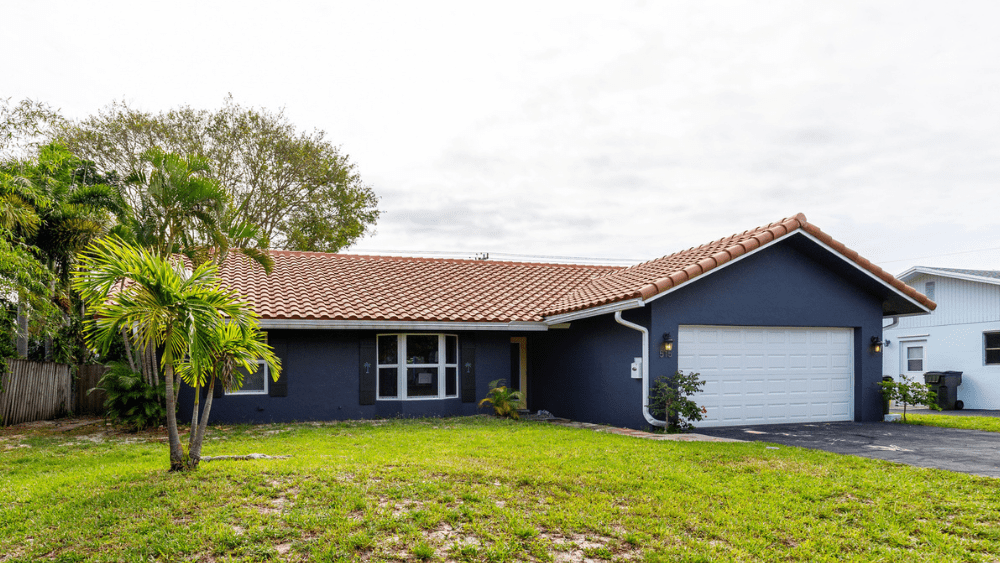
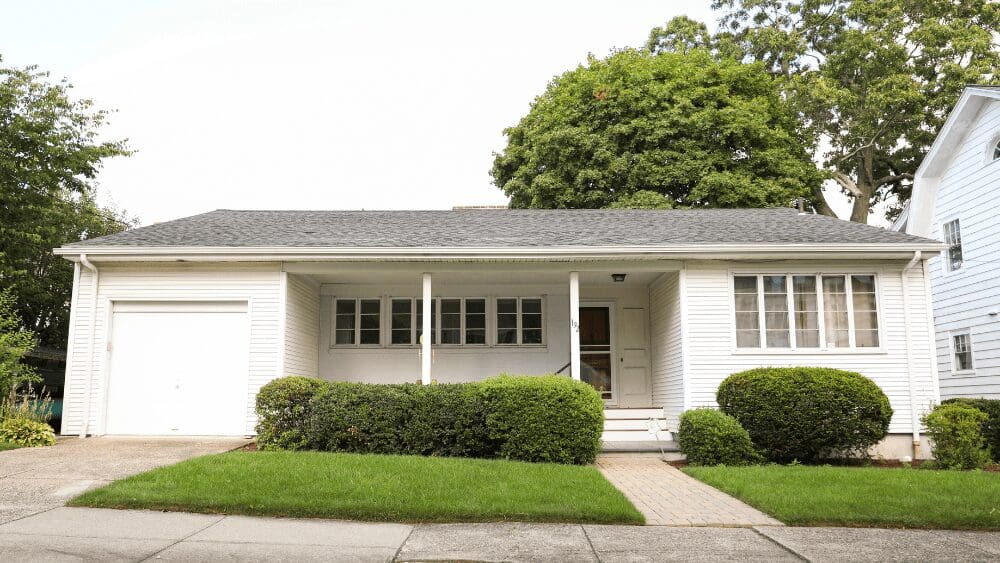

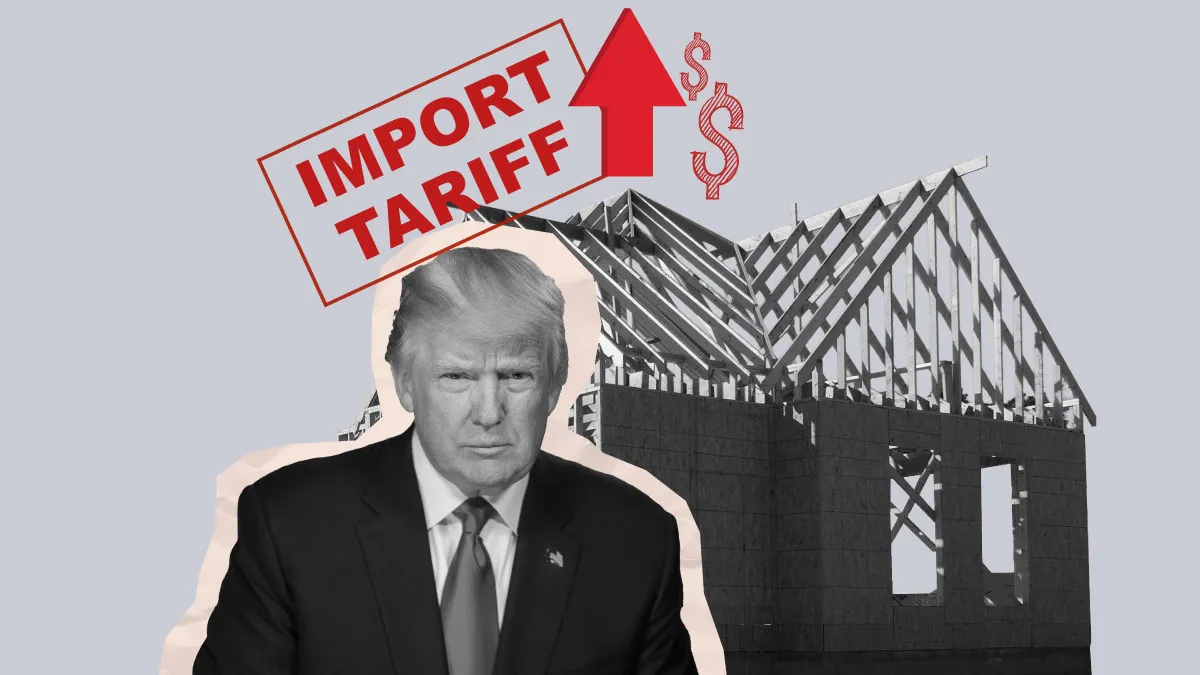
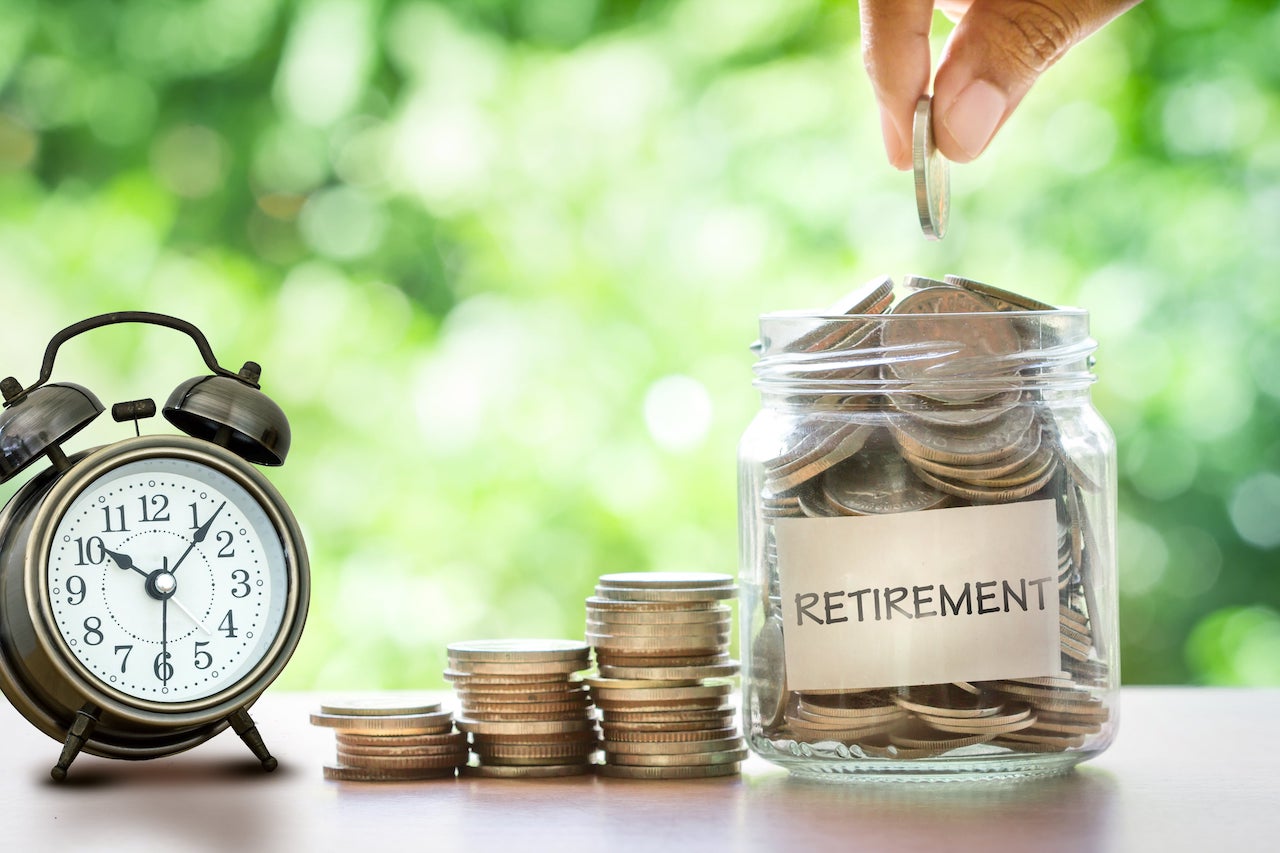

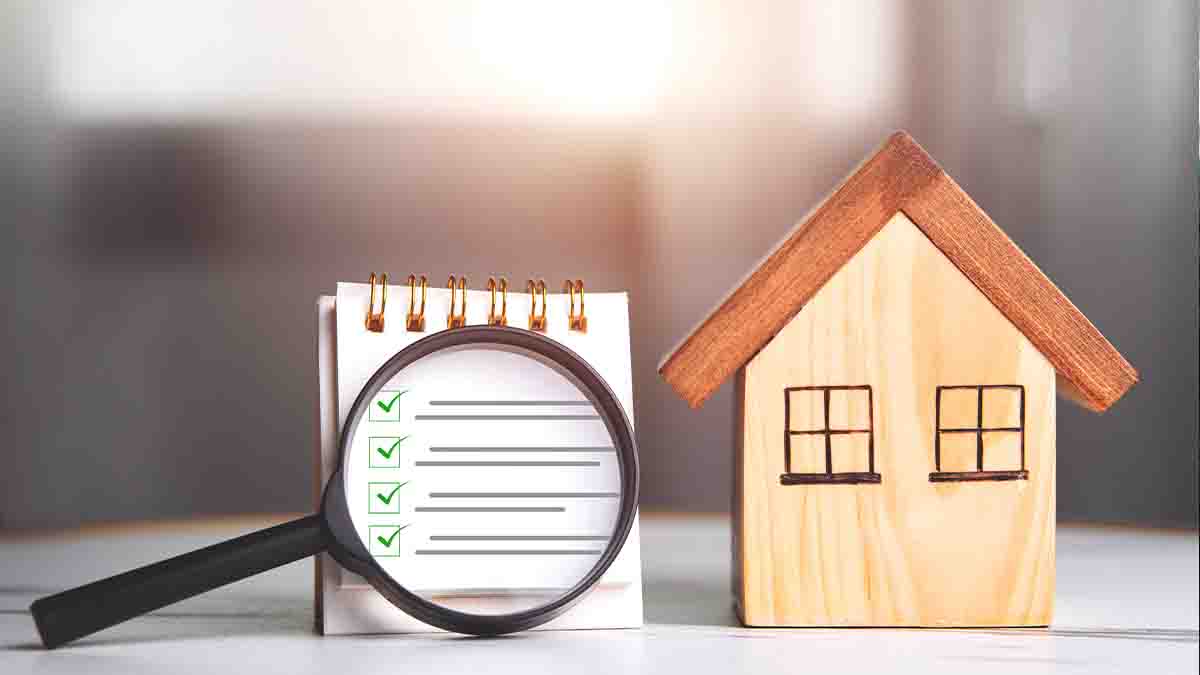
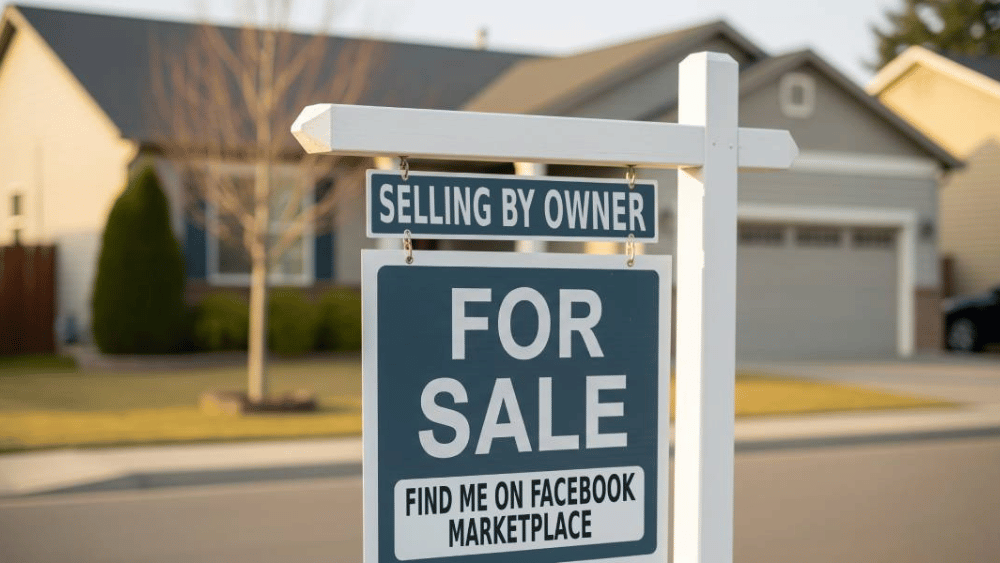








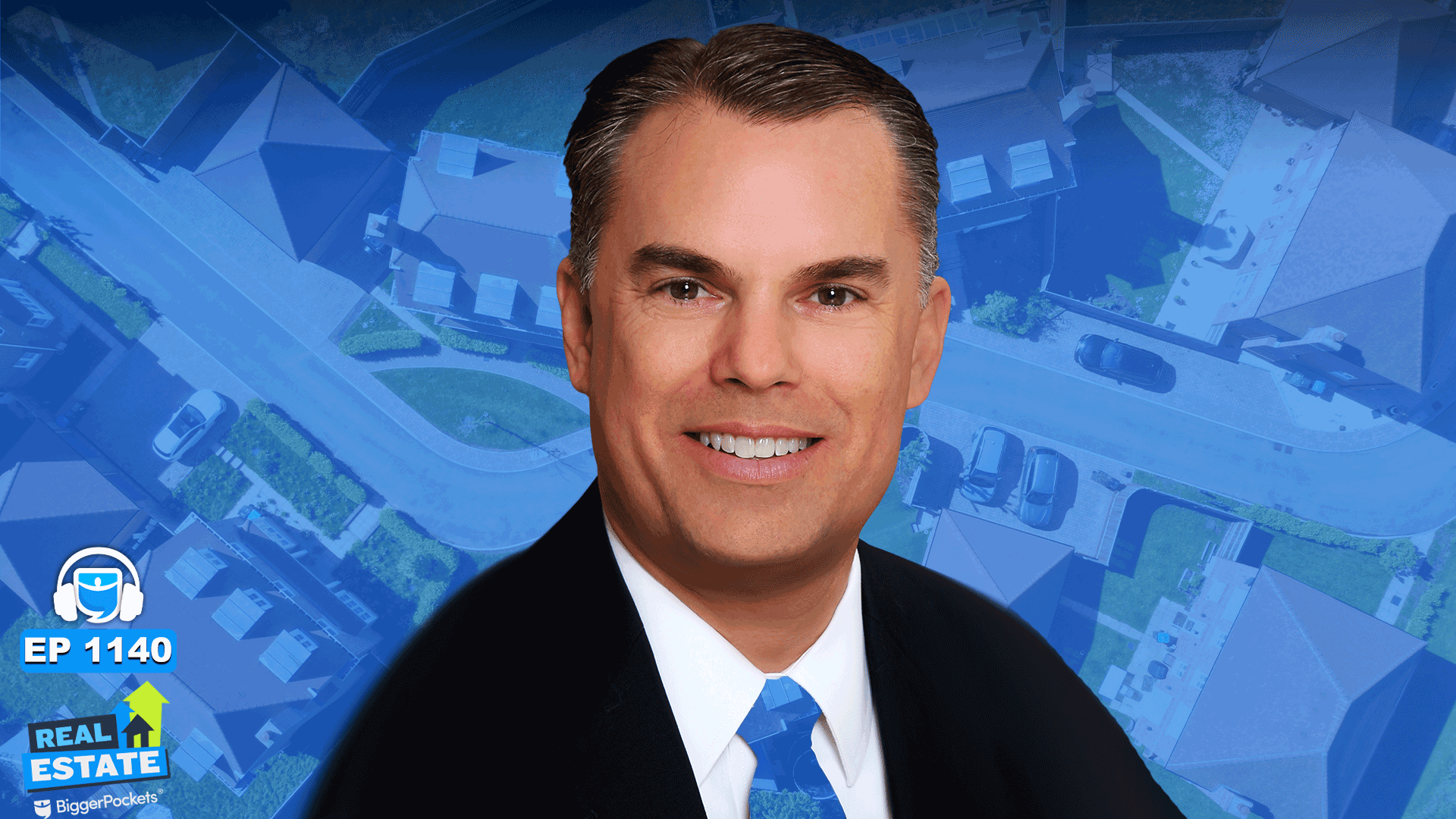
 English (US) ·
English (US) ·